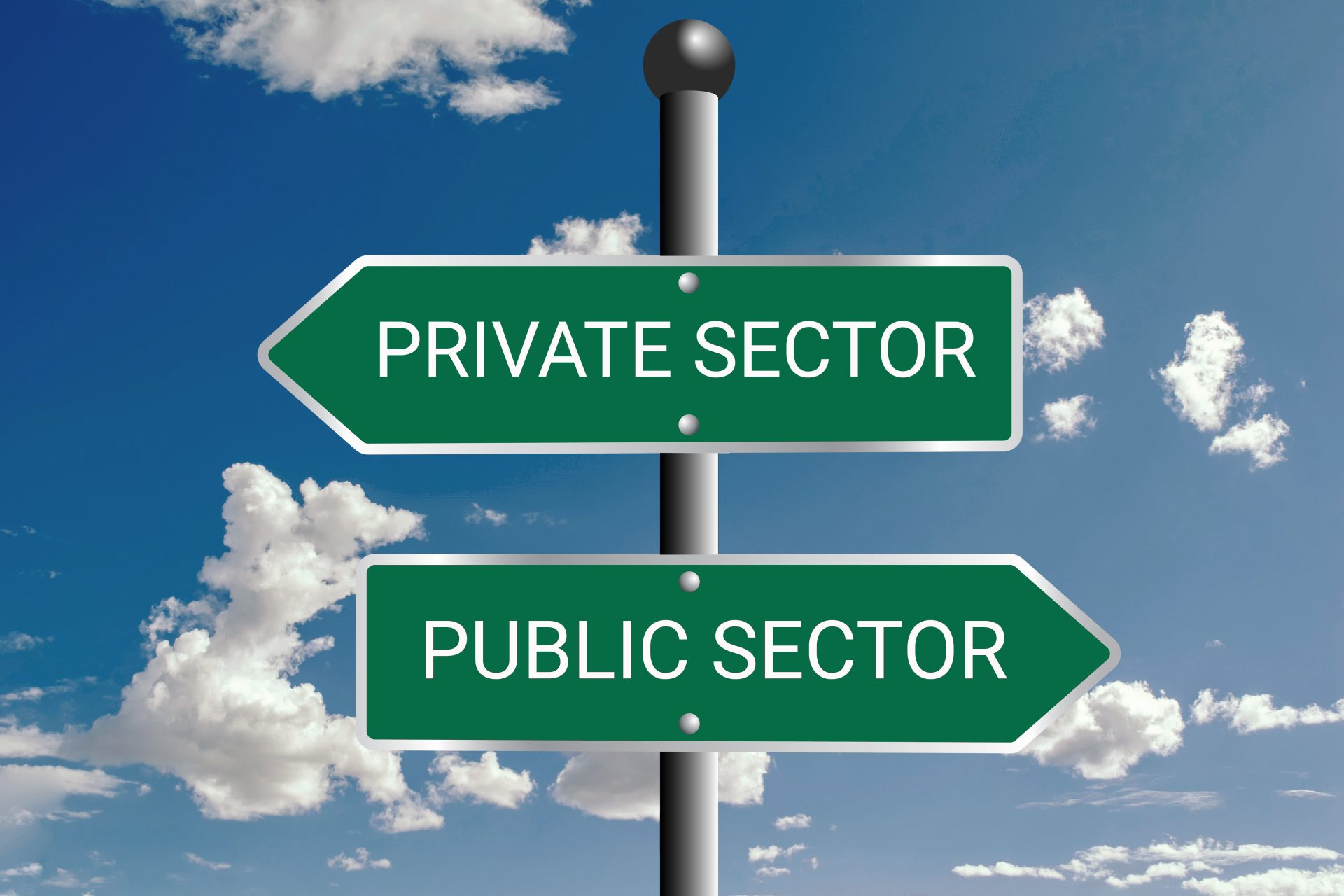Another weak and biggest squeeze for public sector pay biggest fall in 20 years
biggest squeeze for public sector pay biggest fall in 20 years

The numbers in the public sector show that the salaries of civil servants, such as NHS workers, and teachers are lagging behind the rise in wages in the three months to February. Wages for public sector workers have risen, but rising prices have outpaced that, meaning purchasing power has fallen by 3%, the most significant decline in the past 20 years in public sector.
In contrast, the average wage of private-sector workers in public sector bought 0.5% less. The latest inflation rate shows that living expenses rise at the fastest pace in 30 years. “Basic salary is now substantially declining significantly,” said Darren Morgan of the National Bureau of Statistics, explaining the decline in purchasing power. According to the latest figures, inflation will reach 6.2% in February, and new data released Wednesday could rise further in March.

Recruitment consultants from Macclesfield Tom Southern say he and his family say that they have to cut the cut due to an increase in living expenses. 30 years old recently moved the work to get a better salary, but it is not enough. “We are not unpleasant. We have two cars and two cars. However, it is a small cut needed to be able to start adding.”
Three fathers are their families 1.80 pounds of litres were expensive to put diesel to the car, and their energy bills have been from 69 pounds to 268 pounds. Aldi’s weekly shop is 5060 pounds to 8090. Tom and his midwife partner also have a loan and childcare costs to pay and will get married this month. This is another payment bill. “I don’t think I’m unhappy. I’m sorry for others,” he says. “I don’t know how single parents and low-income earners can make money.”
ATS said the unemployment rate dropped from 3.9% last month to 3.8%. Capital Economics is by people who retired from the labour force due to decreased unemployment, mainly in pension or taking care of family and hope. Ruth Gregory, Capital Economics Senior England, said that 76,000 people caused 76,000 people caused the number of people classified in three months. At the beginning of the weeks, the year increased year,, and the state pension was enforced and the increase was 3.1%.
What all does public sector includes?
We all know that the public sector is that portion of an economic system that is controlled by national, provincial or state, and local governments. In addition, the public sector overlaps with the private sector in producing or providing certain goods and services.
The government actively works in routinely hiring private corporations to provide goods and services for the public sector this practice is known as outsourcing. Now the question arises if every action is done under the supervision of the government then how are the workers witnessing the biggest squeeze in the public sector pay in the past 20 years? Is the government responsible for rising up the prices for living of laymen that force him to cutback from other facilities and amenities?

However we can say that better living need extra sum of money but is it necessary that the better living will be costing a whole lot of pain and struggle for the people who are investing their time and sweat in public sector? No right, then why is the biggest squeeze observed in the public sector pay?
Wages in Public Sector
Currently, official figures show that average wages in public sector will increase by 4%. It sounds like a decent increase in income in peacetime in peacetime, but these are not in peacetime. Households see most things becoming more expensive. The prices are rising at an annual rate of over 6%, outpacing and accelerating benefits and salary increases. Remember that the target rate for economical price increases measured against inflation is 2%.
This is a headache for policymakers and people in public sector. Both people continue to deteriorate, increasing poverty and puttingdditional strain on individuals and social systems. Alternatively, the worker receives a significant wage increase that the boss can only pay by raising the price again, creating what is known as an inflation spiral. Another possibility is targeted support for those who need it most. Ultimately, everyone can experience short-term financial distress with the hope and belief that these prices will rise slowly towards the 2% target as soon as possible.

The number of job openings in public sector reached a record high of 1.29 million from January to March, an increase of 492,400 from the first three months before the 2020 pandemic. According to ONS, the construction industry had the highest job openings, up 18.7% in the year’s year’s first three months. Job openings increased 13.1% in sectors such as hospitality and entertainment, including hotels and restaurants.
However, labour demand in the gas and electricity sector has declined, with vacancy rates down 14%. Prime Minister Rishi Sunak said the latest figures “show the continued strength of the labour market” and the government “globally by providing more than $ 22 billion in living expenses support this year.” It helps mitigate the effects of rising prices. ” But Pat McFadden, Deputy Chief Cabinet Secretary of the Labor Party’s Treasury, said the data show that “conservative decisions are putting pressure on real wages and making people worse.”
“At this time, Rishi Sunak was able to choose a one-time storm tax on the huge profits of oil and gas companies to reduce household energy bills by as much as $ 600. Should be. “Instead, he decided to be the only major economy in the living cost crisis to attract people who work at higher taxes,” he said of the wage crisis. “The Green Government is to fund reasonable wage increases so that all public sector workers receive wage increases at least equal to their living expenses and begin to regain the income lost in the last decade. Will introduce taxes on the wealthy and pollution. “
According to ONS data, the unemployment rate dropped to 3.8% in the three months to February. This is the lowest level since December 2019, down from 3.9% in the last three months. “This month’s labour market statistics show that wages are under increasing pressure, even though unemployment has already reached its lowest level in half a century,” said Naiko Minetti, senior economist at the Resolution Foundation. “Today’s numbers show that conservative decisions put pressure on real wages and makeeople worse.” Prime Minister Risi Snack said the government “supported more than $ 22 billion in living expenses worldwide. Helps counter the effects of inflation. ” “Pounds to ease this fiscal year”.
edited and proofread by nikita sharma




